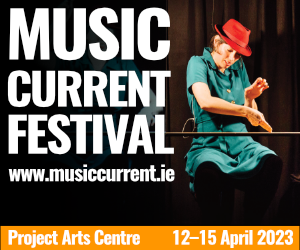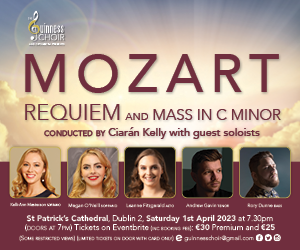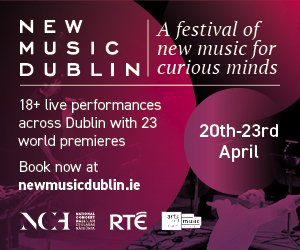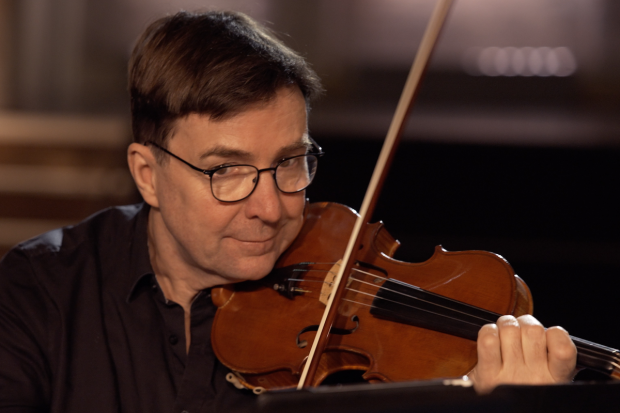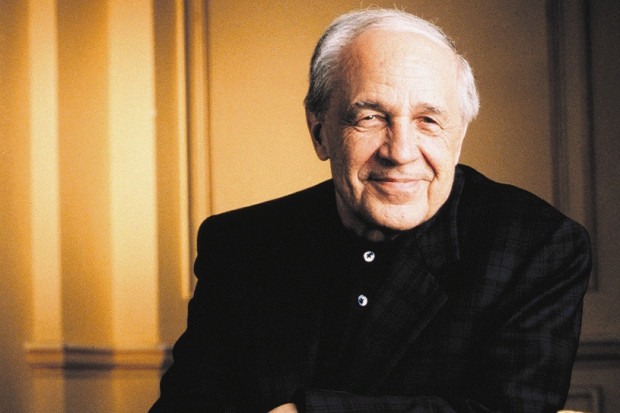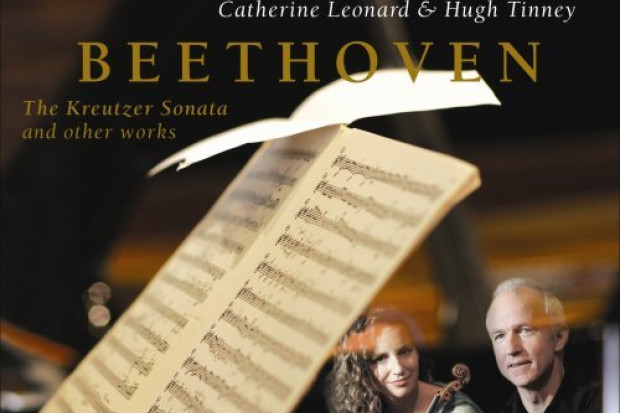
Tears and Chills
‘Just the andante! How you do go on,’ cried his wife. ‘As if it weren’t “just the andante” that breaks every bone in my body….’ Marcel Proust, Remembrance of Things Past
Does listening to music ever give you chills up the spine? Has it ever made you cry? What kind of music was it, and where were you at the time? Music’s ability to command attention and even stop us in our tracks is an enduring mystery. According to ancient traditions, music has the ability to provoke profound, even disturbing reactions – the ancient Greeks suspected that music could overwhelm reason and act directly on the soul. ‘Is it not strange,’ wonders Benedick in Much Ado About Nothing, ‘that sheeps’ guts should hale / Souls out of men’s bodies?’ Benedick’s puzzlement is still our own.
Why should vibrations in the air influence human moods and emotions? The key lies, I believe, in the fundamentally social nature of musical experience. Music is created (composed, improvised, performed) by human beings, usually for the benefit of other human beings. The transmission of music from one generation to the next begins very early in life, and musical culture relies on human transmission. Even musicians who are self-taught must rely on other human beings (or recordings of them) to grasp how their instruments are supposed to sound, not to mention how to make sounds into a musical work. Music is typically made in interaction with other musicians, with a score coded by others, with instruments made by others.
But music is a social phenomenon at an even deeper level. Systems of musical meaning rely upon human agreement in a number of crucial ways. What counts as music in each society rests on cultural concurrence. All societies place limits on music-making, such that certain sounds are accepted as musical while others are excluded. Musical resources – many musical instruments and the ways of playing them, the capacities of the human voice, rhythmic and tonal patterns – pre-exist individual musicians and composers. Different musical cultures are based upon different patterns of tonal and rhythmic organisation. These patterns of musical structure and meaning are social constructions that evolved though human musical practice.
Contemporary psychologists have used the tools of modern science to investigate the causes of tears and chills (also known in research literature as shivers, goosebumps, frissons and tingles) in response to music. One thing that seems clear is that listeners are moved by very different musical works in any number of genres. If you ask a thousand listeners about the circumstances in which music has affected them profoundly, the answers you receive will be amazingly different.
A science of the heart
Researchers in Sweden invited a diverse variety of listeners to answer questions about their experiences of music. Not surprisingly, many of the works that listeners described to be very moving were acknowledged masterpieces of the Western tradition: symphonies by Beethoven, Mahler and Tchaikovsky, string quartets by Schubert and Brahms, piano works by Chopin. But listeners also reported being moved by many different styles and genres of music – simple folk songs, commercial pop, and jazz improvisations. They described strong emotional reactions while attending concerts in splendid halls, at home with the radio on, even at the top of a ski lift.
In 1991 the music psychologist John Sloboda published some of the first studies on music-related tears and chills. When Sloboda examined the musical selections that his informants claimed were most likely to prompt tears, he found that they were associated with three musical features in particular. Tears were most reliably provoked by melodic appoggiaturas (a dissonant note preceding a note in a melody and taking up part of its time value) and to a lesser extent by melodic or harmonic sequences (the repetition of a melodic or harmonic pattern at a different pitch), and by harmonic movements through the cycle of fifths to the tonic. Chills were most often associated with new or unprepared harmonies and sudden dynamic or textural change (often both occurring together), and secondly with melodic appoggiaturas.
Sloboda’s article inspired more work on emotional responses to music, in particular on the chill response. One such study was a 1995 paper by the neuroscientist and psychobiologist Jaak Panksepp, which was based on years of research with American college students. Although he worked with different musical genres, a different experimental method and a different population, his results were similar to Sloboda’s. Again, dramatic crescendos were associated with chills, with one song in particular, Pink Floyd’s ‘Post War Dream’, found to be particularly chill-inducing.
The most recent research that I know of on these phenomena was carried out at the University of Geneva. Researchers asked 243 students to rate thirty classical music excerpts, each two minutes long, according to a wide range of descriptive terms. The top three ‘chill inducing’ excerpts were, in order: the opening measures of Mozart’s Piano Concerto No. 23 (K488), second movement; the first twenty-five measures of Bruch’s Kol Nidrei; and the opening of Chopin’s Piano Concerto No. 1, second movement. The particular passages associated with chill responses in each of these works had several things in common. All were slow and characterised by a crescendo or rise in volume from piano (soft) to forte (loud). Each featured an alternation between the solo instrument and the orchestra, and each of the passages was built around an unexpected harmonic progression.
The ambiguity of listening
But we should be careful of the ‘pharmaceutical model’ of musical understanding, whereby music mechanically affects the brains and bodies of passive listeners, much as a drug would. If we really want to understand the extraordinary power of some music to take us out of ourselves, paying attention to a work’s structural features is not enough. We also need to pay attention to how listeners experience the music. The authors of the Geneva study suggested that the formal qualities they found in their top three excerpts elicited a feeling of ambiguity in listeners. In the hands of a great composer, the structural features of a musical work are never merely the organisation of interrelated parts. They are expressive tools and communicate something to listeners, however hard it is to say exactly what that something might be. Take for example Bruch’s Kol Nidrei. The slow opening phrases, the gradually building crescendo and unexpected harmonics all work together to convey great emotional power and intensity. When performed by a skilled and sensitive musician, the resignation and sadness conveyed in the music is extremely poignant.
While some researchers have focused on the emotional character of music others have turned their attention to listeners. Listeners who have strong emotional responses to music do not seem to share age, gender, cultural or professional background. Until further research is conducted, it seems unlikely that listeners’ personalities hold the key to understanding emotional responses to music. What difference, if any, does musical training and involvement make? Some with little or no musical training have strong emotional responses to music, while professional musicians may appreciate music greatly on an intellectual level but have a rather detached emotional attitude to it. A couple of studies have found a positive co-relation between a person’s level of musical involvement and incidences of strong emotional responses to music or a tendency to experience chills listening to music. But we have no way of knowing which factor here is the cause and which is the effect. When you listen to music, does a strong emotional response make you value the music more, or does valuing music highly facilitate strong emotional responses? Both possibilities seem equally plausible.
Another strategy in the quest to understand all of this has been to link emotional responses to the artistic value of ‘greatness’ of certain works. It is tempting to conclude that only the finest musical works (masterpieces or ‘works of genius’) are capable of arousing powerful emotional responses in listeners. However the evidence does not bear this out, even when we allow a generous account of artistic value and recognise that what counts as a ‘great’ work may vary according to genre. ‘I cried because the music was beautiful’, although perhaps true, will not suffice as an explanation, because in offering such an explanation all we have done is to shift the problem from the effects of a particular work to the power of beauty more generally, and now we are left with the considerable task of providing a non-circular explanation of why we respond emotionally to beauty.
Intimacy with music
Before we can understand why beautiful music might make one cry, we have to understand why any music at all might do so. The question of why certain musical works in certain contexts arouse strong responses in some listeners cannot be separated from the more fundamental (and philosophically more interesting) question of why any music in any context should bring about such responses in any listener. This is why music’s social nature is so important. Music is best understood as a social institution that has a private or internal counterpart. In this way it is similar to religion, morality, reading and so on. Understanding why music is generally valued should help us make sense of the particular issue of why some music is profoundly moving.
One of the really fascinating things about music is the way that it contributes to the formation of social bonds. This is perhaps most easily evident in childcare. In every culture that we know of, adults sing to children and babies and speak to them in a characteristically ‘musical’ manner. There is a good deal of evidence that musical activity facilitates and reinforces attachment between human infants and their caregivers. Music also contributes to types of bonds among adults. Countless songs, from folk songs to commercial pop to romantic lieder, are either about love or relate love stories. There’s a reason why music is used to facilitate romantic interaction the world over.
Music’s capacity to facilitate the formation of social bonds may be simply accidental; yet there are good reasons to suspect otherwise. Attention to the neurobiological foundations of attachment is interesting here. One of the most important hormones involved in both mother-child attachment and adult pair bonding is oxytocin. Oxytocin is manufactured in the brain (hypothalamus) and the body (ovaries or testes) of humans and other mammals. It is released by both men and women during sexual stimulation and orgasm, and by women during childbirth and lactation, and is involved in much additional social behaviour. Researchers have found that injecting animals with oxytocin induces actions associated with social bond formation, including grooming and mothering. For example sheep and rats are two animals that tend to avoid their offspring outside of the postpartum period. When these animals are given oxytocin, it causes them to seek contact with their young and produces other caretaking behaviour.
Music affects the body, brain and mind in ways that connect listeners in groups and take solitary listeners out of themselves, however briefly; and it is within social relations that we undergo some of the strongest and most significant emotional experiences of our lives. Generally and other things being equal, the more intimate a relationship, the greater its capacity to influence the emotional lives of the participants. How might an experience of listening to music be intimate? One answer is found in the kind of listening experience described by the philosopher Jerrold Levinson. He argues that listening to music can mimic or be analogous with engagement in an intimate relationship. This happens when we empathetically experience the sounds presented, mirror the feelings expressed in the music, and imagine that these feelings express another individual’s authentic emotional experience. Another possibility lies in our relationship to musical works. A number of writers have noted how our relationship with artworks can resemble our relationships with people. We can become attached to artworks just as we can become attached to persons. And just as intimacy with another person involves lowering boundaries and defenses, so too can intimacy with music.
Published on 1 February 2011
Jeanette Bicknell is a Canadian writer whose main area of research is the philosophy of art and music. Her book Why Music Moves Us: Making Sense of the Musical Sublime is published by Palgrave-Macmillan. www.jeanettebicknell.org







